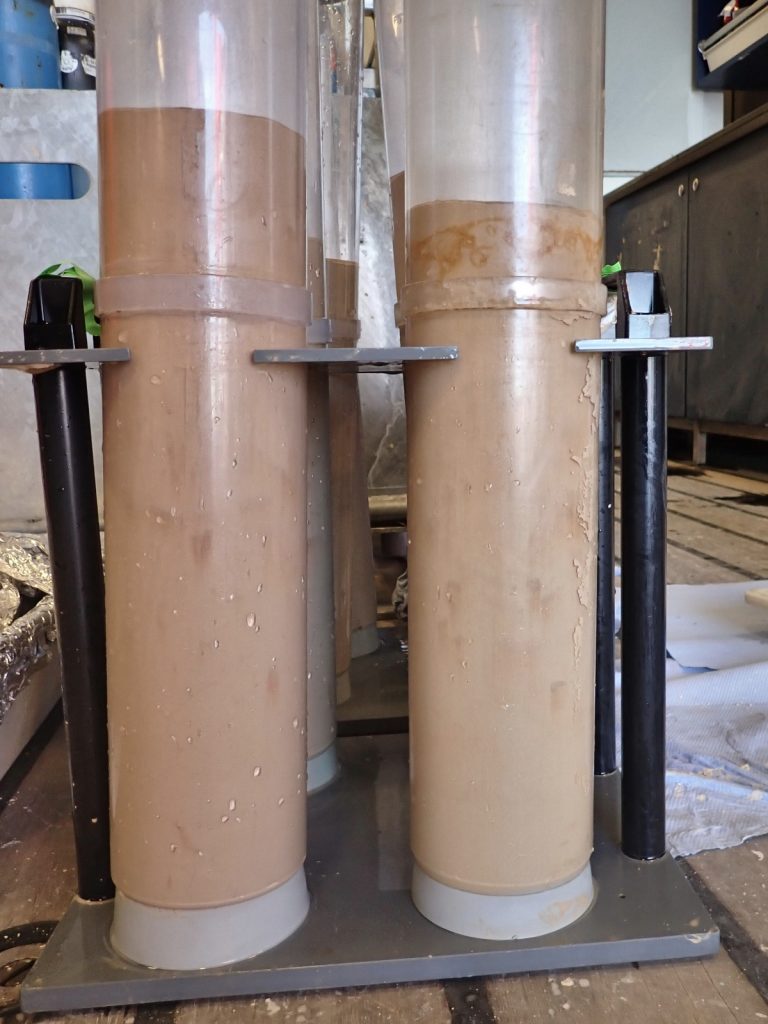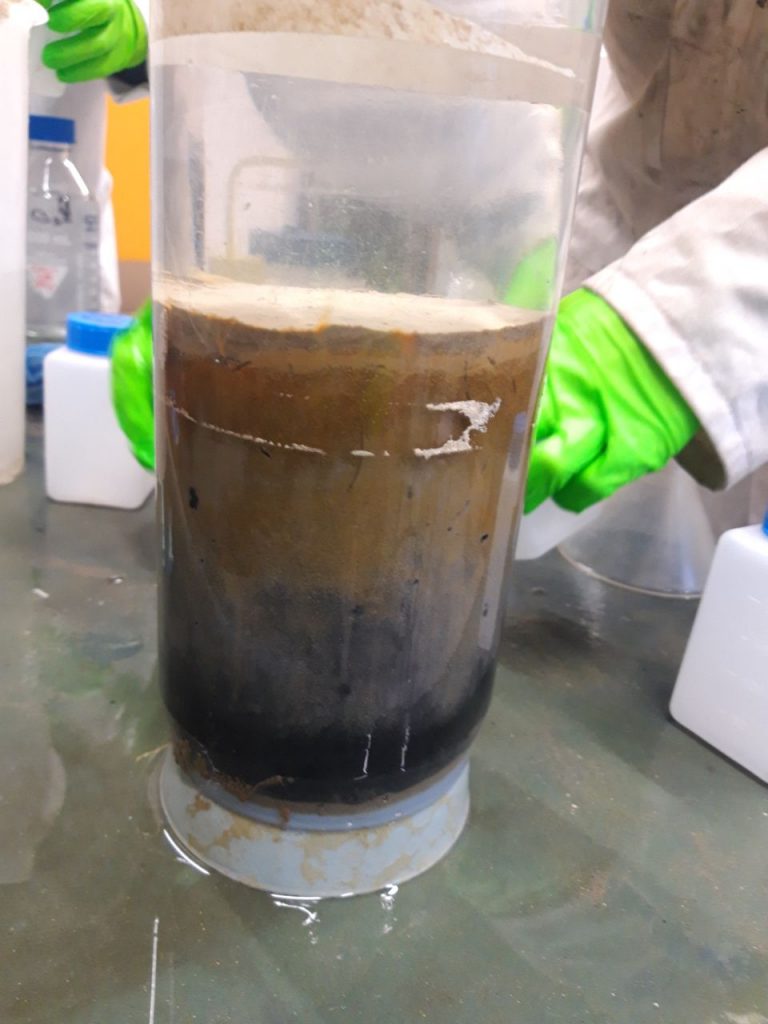Deep sea sediments cover almost two thirds of the planet’s surface, yet they remain mostly unexplored and mysterious. Differently from what was thought in the past, they host greatly biodiverse communities associated to both soft and rocky substrates. From cold water corals (soft corals with no calcareous structure) to holothurians (sea cucumbers), from shrimps to abyssal fish, deep sea bottoms are among the most interesting extreme environments, where organisms were forced to adapt to higher pressures, lower nutrients input and decreased light (Figure 1). Such ecosystems were thought to be quite pristine because of their remoteness, thus supposedly less impacted by anthropogenic activities. But is it really the case?
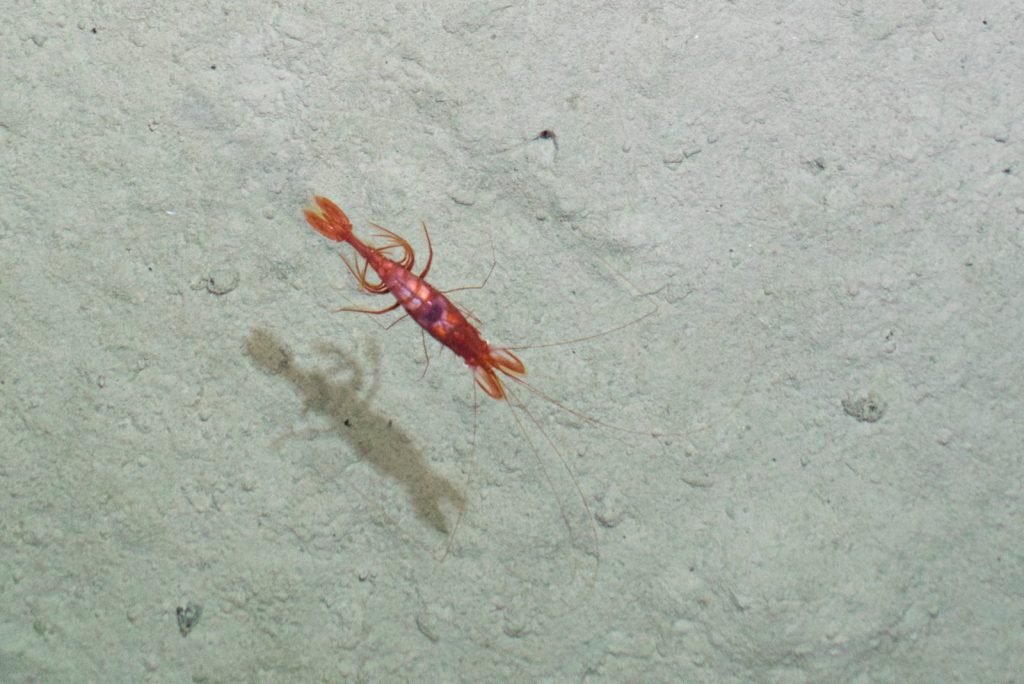
Shrimp 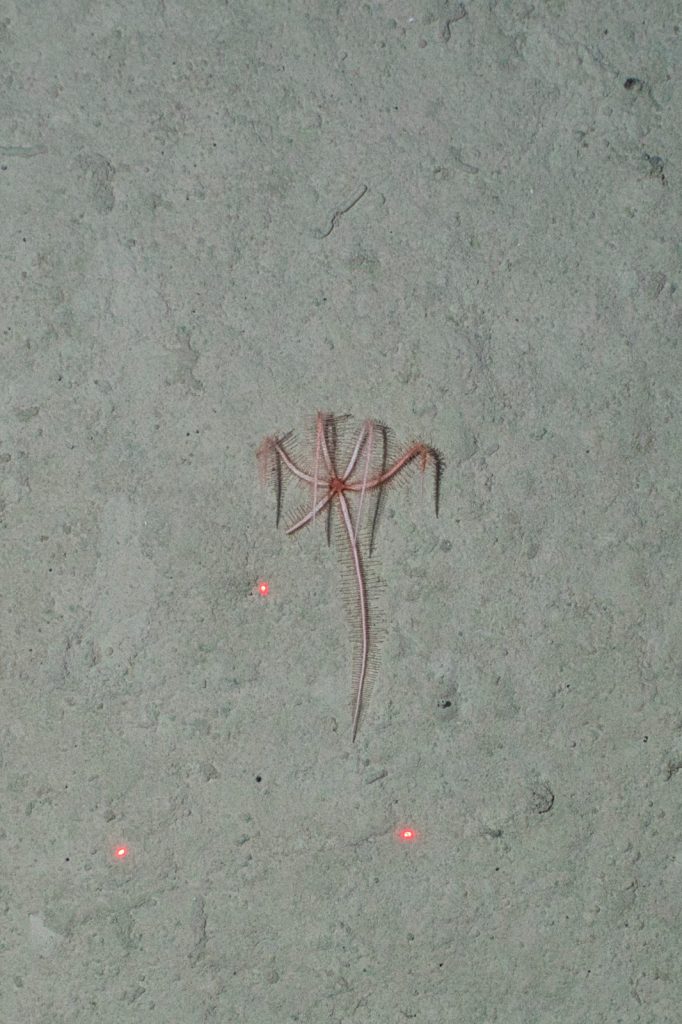
Feather star 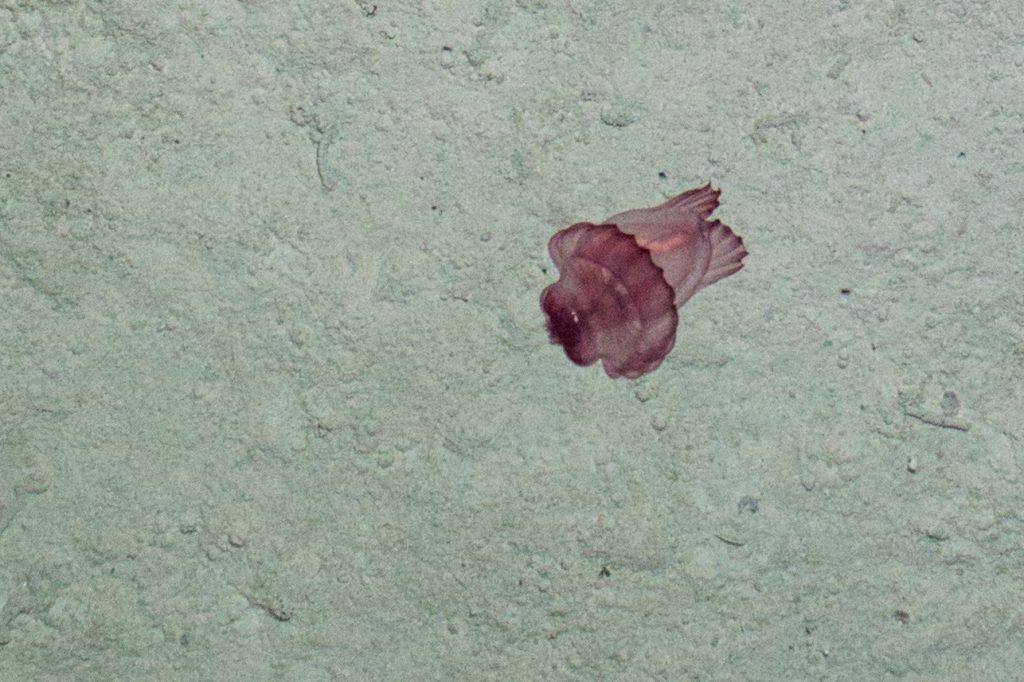
Sea cucumber
Recent observations have pointed out that marine sediments likely act as a sink for plastic litter and consequently for microplastics – plastic particles < 5 mm. During the SO279 cruise, sediment samples were collected from different depths (between 2000 and 5000 m), which will be used for the analysis of benthic communities (organisms associated to the seabed) and the potential presence and distribution of microplastics within the sediment vertical gradient (Figure 2). Attention will also be given to the interaction between microplastics and the organisms inhabiting these soft sediments, in order to gain more knowledge about the influence of plastics on meiofauna (organisms between 32 µm and 1 mm size) and macrofauna (> 1 mm). Particularly, sediment samples were collected with a boxcorer, which brings to the surface a snapshot of the seabed. While part of the samples will have to wait before being analyzed on land, the rest of it was already processed on board. Half of the boxcorer content was sieved over a 1 mm sieve in order to separate bigger organisms and plastics items from finer sediment particles. A number of microplastic particles were isolated from such samples and scanned using a hyperspectral infrared camera. It is surprising and alarming how much microplastics is floating in the water column and eventually sinking to the bottom of the ocean: studying the distribution and interactions of microplastics with the marine environment is of crucial importance in order to have a wider picture of the human impact on marine ecosystems, especially in remote, understudied areas as abyssal plains.
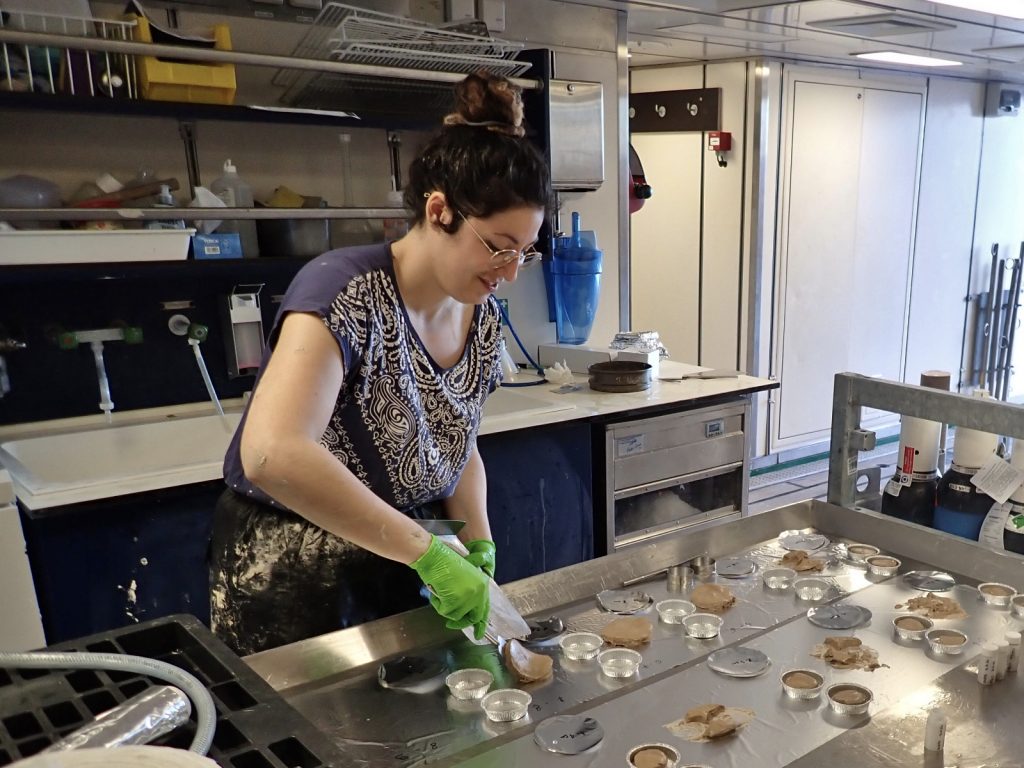
by Gabriella Pantò – University of Ghent, Belgium
